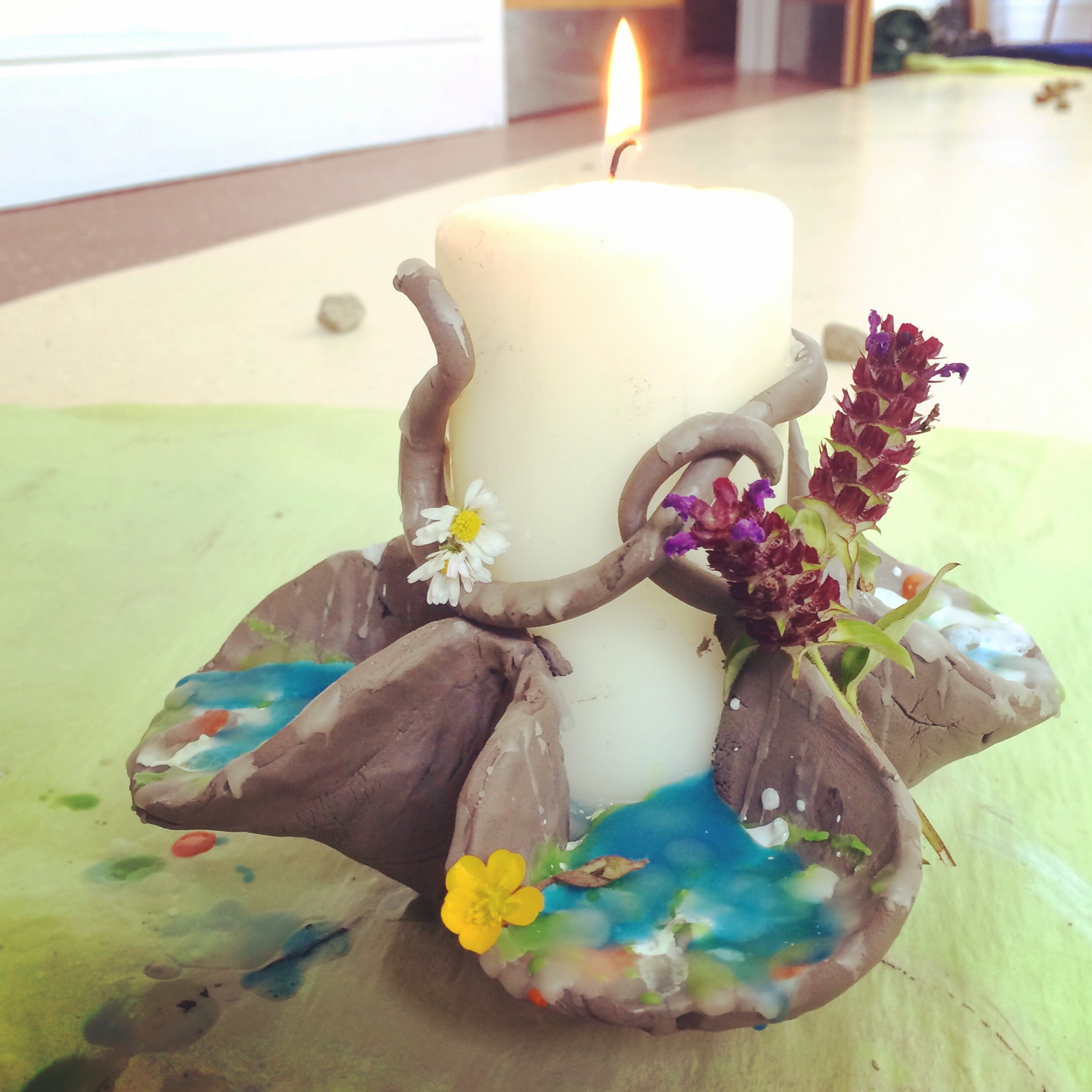What’s Art Therapy?
Is this like art class? What if I’m not good at art?
How do you do therapy? & What will our sessions look like?
Art Therapy is an integrative mental health profession that combines both art-making & creative expression with traditional talk therapy in order to help people address issues & navigate obstacles in a safe environment. Using art can feel less threatening for some of us. I mean think about it – opening up to a complete stranger about your darkest demons – can feel pretty anxiety-provoking at times. You may find this approach easier and it can help us establish a trusting therapeutic relationship quicker. Using art as a form of nonverbal communication serves as a symbolic vehicle for one to safely access and externalize their trauma visually without feeling consumed or flooded by it and after processing it through talk therapy in order to integrate their experience.
Research shows us that there are numerous healing properties found in art therapy as it improves one’s overall emotional wellbeing by activating the brain’s ‘feel good’ reward center, lowering cortisol stress levels, reducing anxiety, and stabilizing overwhelming emotional states because of the safe containment it offers. Art Therapy promotes emotional wellbeing by reducing distress, improving cognitive and sensory-motor functioning, fostering self-awareness & increasing self-esteem, cultivating emotional resilience, and developing a means of communicating one’s internal reality with the outside world.
●●●●●●●●●●●●
Art Therapy differs from an art class in the sense that there’s no ‘good or bad’ when it comes to art making and creating something in itself (both through the process and the final product) is incredibly healing. There’s a great deal of evidenced-backed research that shows people of any age benefit from Art Therapy.
•• Life doesn’t always feel pretty so it wouldn’t make sense for our art to always look pretty either. ••
When we’ve experienced any form of trauma, our ability to verbally articulate what happened is often restricted – using art can help people differentiate themselves from their traumatic experiences & process what has happened to them in a way that feels contained & supportive of their long-term growth. Art-making - as a form of nonverbal communication - serves as a symbolic vehicle for one to safely access and externalize their trauma visually without feeling consumed or flooded by it and after processing it through talk therapy in order to integrate their experience.
●●●●●●●●●●●●
I use trauma-informed art therapy interventions that focus on externalizing internal wounds, current life stressors, and/or personal conflict in a safe & confidential environment. My approach is process-oriented with underpinnings of Motivational Interviewing and Dialectical Behavioral Therapy. Process-Oriented means you have the space to focus on what it is you feel that’s most important and we’ll be able to dive deeper into the identified issues through art-making and traditional talk therapy. My goal is to support you as the expert of your own life and help you identify (or develop) your own internal motivations for change. DBT can help us by using mindfulness & self-soothing strategies when we feel distressed, flooded, overwhelmed, or unable to cope with trauma reminders or triggers, unexpected change, or major transitions. My sessions almost always end with a grounding exercise to promote one’s overall sense of personal safety so that you are able leave therapy feeling ‘put back together’.
I like to incorporate a range of creativity forms & methods into my practice and will encourage my clients to journal, write poetry, or make music playlists for us to listen to & process in our sessions together in addition to art-making and traditional talk therapy. I also want to acknowledge how art materials may not be financially available for some of us during this time of Tele-Health and because of this I make sure to provide my clients with their own personal set of new art supplies during our virtual sessions if desired. A variety of art materials will always be available to you to learn about and use at my office.
I am committed to using strengths & evidence-based practices and providing person-centered inclusive healing from a trauma-informed lens that’s rooted in anti-oppressive and harm-reduction based approaches. I am an LGBTQ+ ally & it’s important to me that while we work together, you always feel safe, heard, respected, and valued.



















